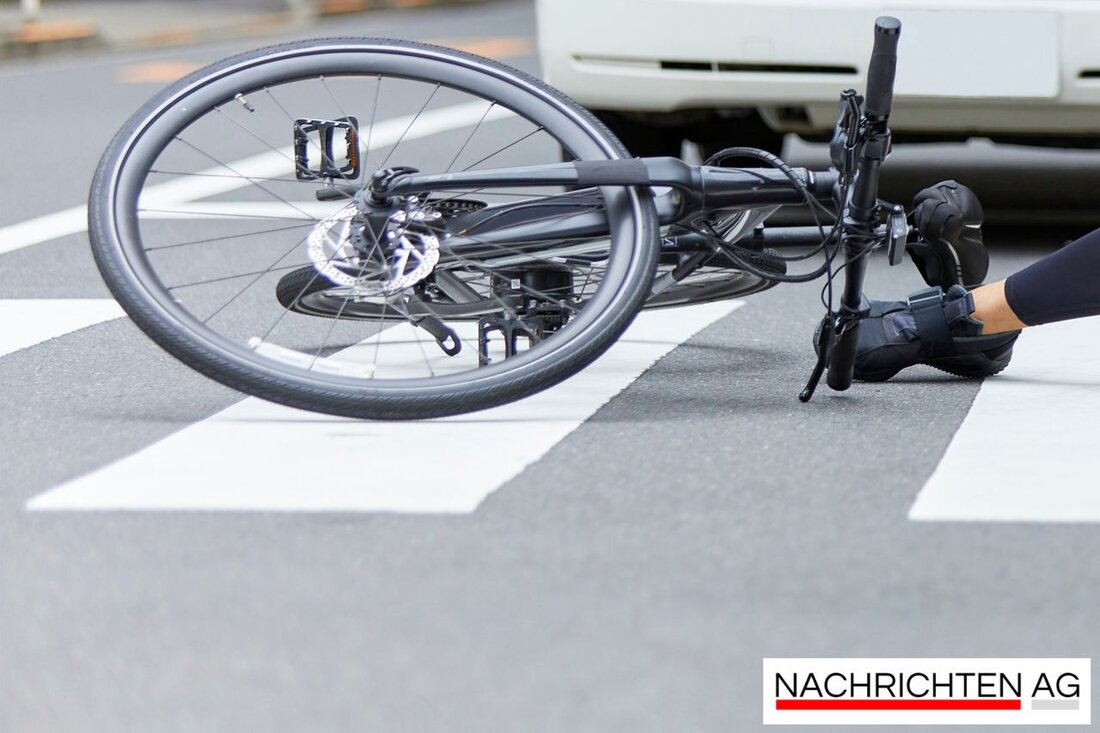Railway closure in Wittenberge: How to come to Berlin!
Railway closure in Wittenberge: How to come to Berlin!
The immediate region of Prignitz faces a major challenge: from August 1 to April 30th, the Wittenberge train station will be closed to rail traffic due to extensive construction work. These measures, which have been in full swing on the railway line between Berlin and Hamburg since August 16, 2024, aim to renew over 70 kilometers of tracks and 100 course. This means that Wittenberge has become a “dead end” for rail traffic, since no trains can go to Wismar, Schwerin or Hamburg. [RBBB24 reports] (https://www.rbb24.de/panorama/biebtrag/2024/08/berlin-hamburg-bahn-zeiten- bust-bust-bus-prignitz.html) about the symptoms of pendulators who now have to accept significantly longer travel times.
For passengers, this means that you have to switch to rail replacement (SEV) to achieve your goals. The SEV offers various bus connections to Berlin and Hamburg, whereby the travel times vary. From Wittenberge to Berlin it can take between 2 hours 50 minutes and 3 hours 40 minutes, depending on the selected route. For the connection to Hamburg, it is up to 5 hours 30 minutes. These long travel times are intolerable for many commuters and have already led to frustrations, since the information situation is often inadequate.
bus connections in detail
The following options are available for the trip to Berlin:
- bus T to Perleberg, then Re6 to Berlin Gesundbrunnen and S-Bahn to the main train station: 3 hours 20 minutes.
- Bus X4 to Brieselang, then Re4 to the main train station: 3 hours 40 minutes.
- For a faster connection to long-distance transport, a trip to Osterburg is necessary, followed by an S-Bahn to Stendal and then with the ICE: 2 hours 50 minutes (long-distance embroidery required).
The trip to Bad Wilsnack is the order of the day with 40 minutes, while a connection to Perleberg takes between 18 and 23 minutes. The buses are modern and offer open WiFi and USB sockets to make the journey a little more pleasant. There are also toilets in the smaller solo buses.
organization of rail replacement
The taking of bicycles or e-scooters is not recommended, since the space in the buses is mainly intended for suitcases, prams and wheelchair users. The buses also have an automatic passenger counting system to use additional vehicles if necessary. A joint bus has up to 55 seats and enables around 100 standing room, which is particularly important in peak times.
Another point that affects commuters is the limited parking situation. There are no additional parking spaces at the train station during the SEV, but alternative parking bags are available in Goethestrasse. For cyclists there are covered storage facilities at the train station. Due to the construction work mentioned, the journey via Schillerstrasse will also be to the one -way street in the direction of Schillerplatz from August 1st to the end of the block.
commuter such as Wolfgang, who travels from Northwest Mecklenburg to Berlin, now have to plan up to four and a half hours for the route instead of the usual 8 minutes. The statistics of Destatis show that in 2023 the number of kilometers of people on rails rose to a record value worldwide. It remains to be seen how the construction work will affect the future use of the railway lines and the travel time of the commuters.
The hope remains that the construction projects will not only renew the infrastructure after their completion, but will also lead to permanently better service for passengers.
| Details | |
|---|---|
| Ort | Bad Wilsnack, Deutschland |
| Quellen | |


Kommentare (0)